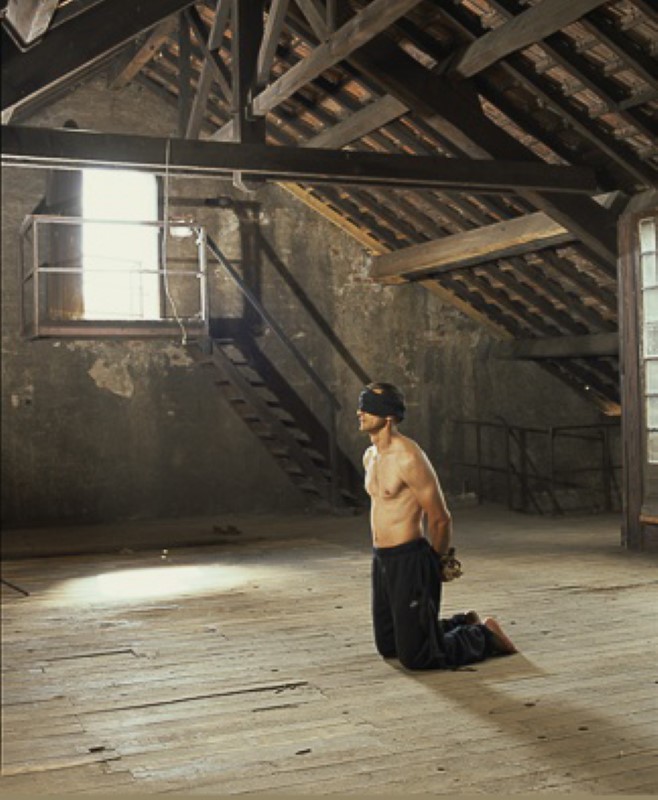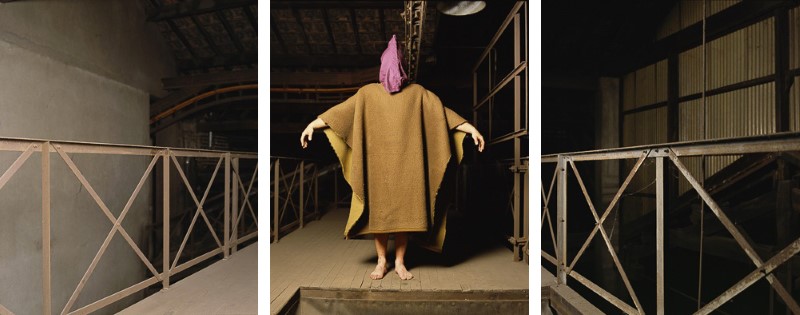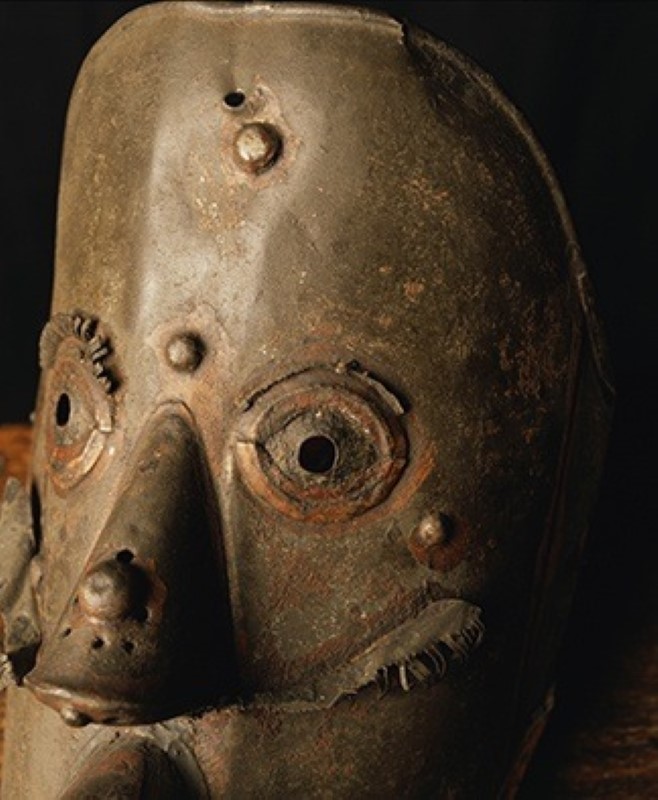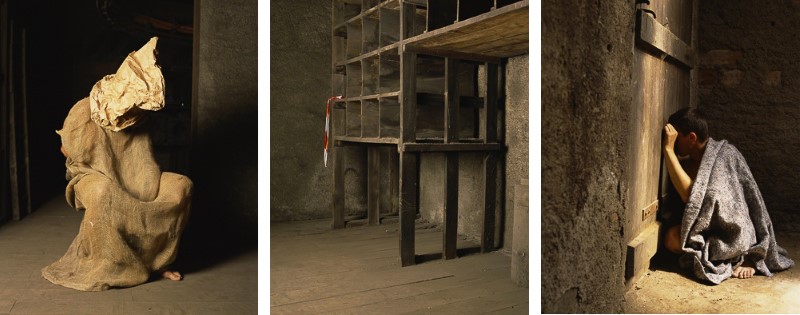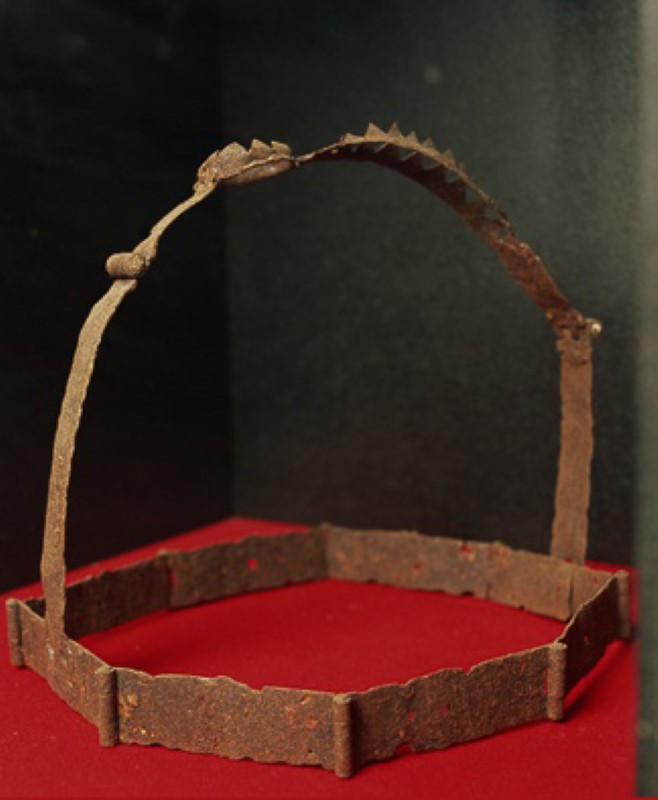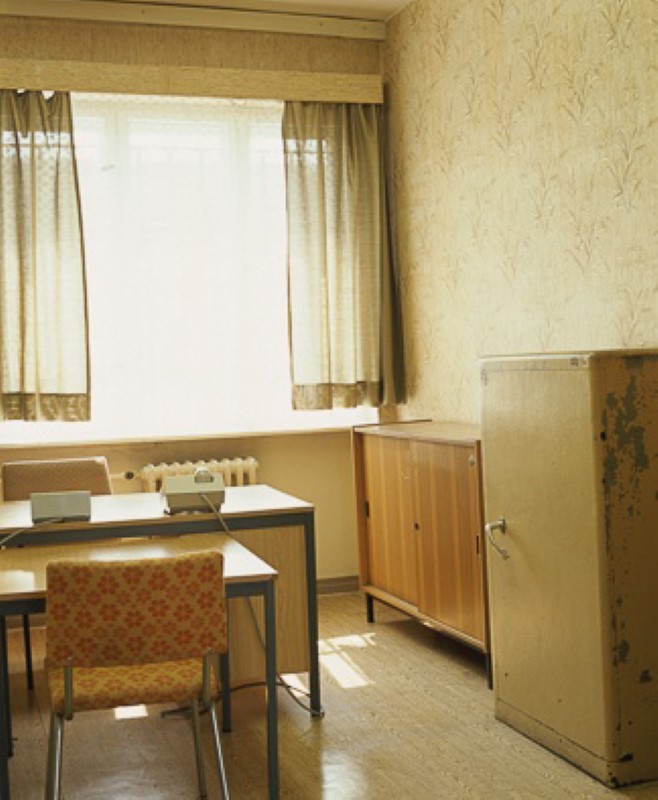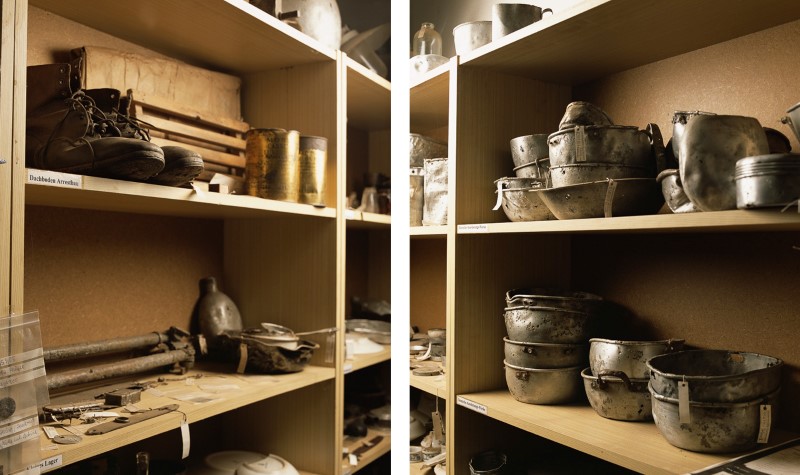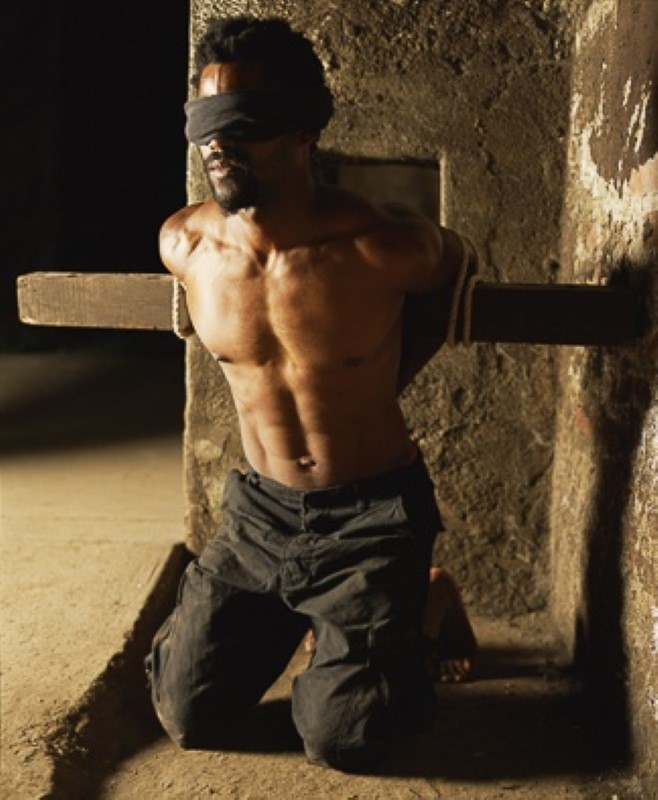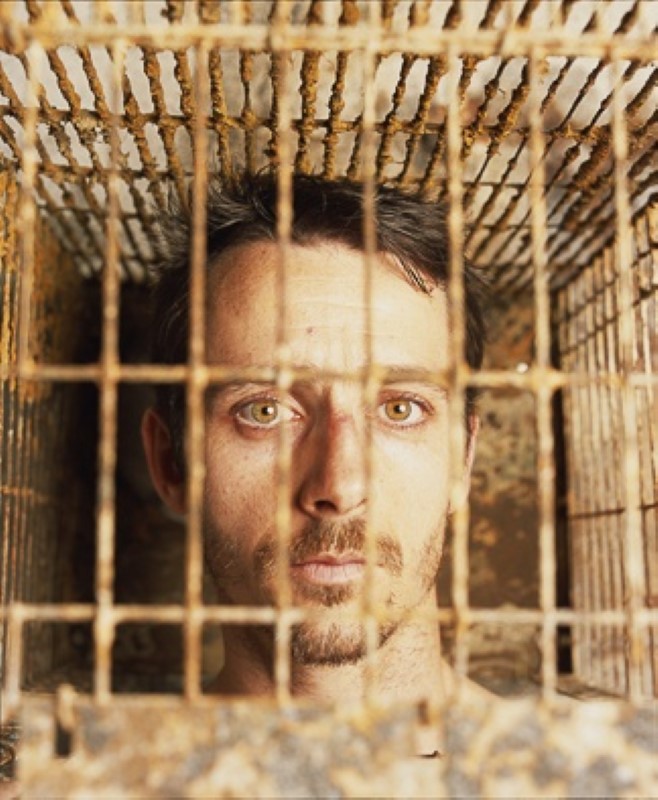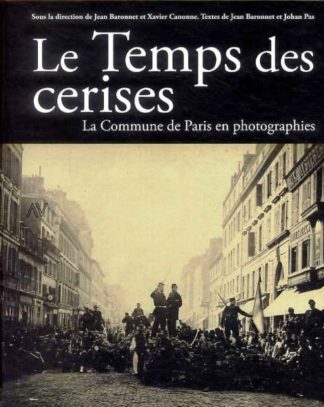Le magazine New York Times a demandé à Andres Serrano de produire des images sur la torture pour la couverture et l’article principal de Joseph Lelyveld « What We Do Not Talk About When We Talk About Torture ». Pendant dix ans, Andres Serrano revient régulièrement sur le sujet, jusqu’à une récente collaboration avec l’organisation a/political (qui travaille pour soutenir et promouvoir les artistes travaillant dans le domaine sociopolitique) pour un de ses projets, le plus ambitieux à ce jour. Pendant un an, Andres Serrano a obtenu l’accès à des sites uniques et l’accès restreint (à Berlin, Dachau, Buchenwald, Kent en Angleterre, Soudan). La série de photographies a produit des détails d’un cabinet de curiosités qui suit l’évolution des techniques punitives et coercitives à travers le temps et le lieu ; avant-propos de Becky Haghpanah-Shirwan, textes de Germano Celant, Éric Mézil, entretien entre Éric Mézil et Andres Serrano, témoignage de Fatima, photos en couleurs.
The New York Times magazine asked Andres Serrano to produce images about torture for the cover and Joseph Lelyveld’s main article “What We Do not Talk About When We Talk About Torture”. For ten years, Andres Serrano regularly returned to the subject, until a recent collaboration with the organisation a/political (which works to support and promote artists working in the socio-political field) for one of his projects, the most ambitious to date. For one year, Andres Serrano was granted access to unique sites and restricted access (in Berlin, Dachau, Buchenwald, Kent in England, Sudan). The series of photographs produced details a cabinet of curiosities that follows the evolution of punitive and coercive techniques through time and place ; foreword by Becky Hhaghpanah-Shirwan, texts by Germano Celant, Éric Mézil, interview between Éric Mézil and Andres Serrano, survivor testimony by Fatima.



